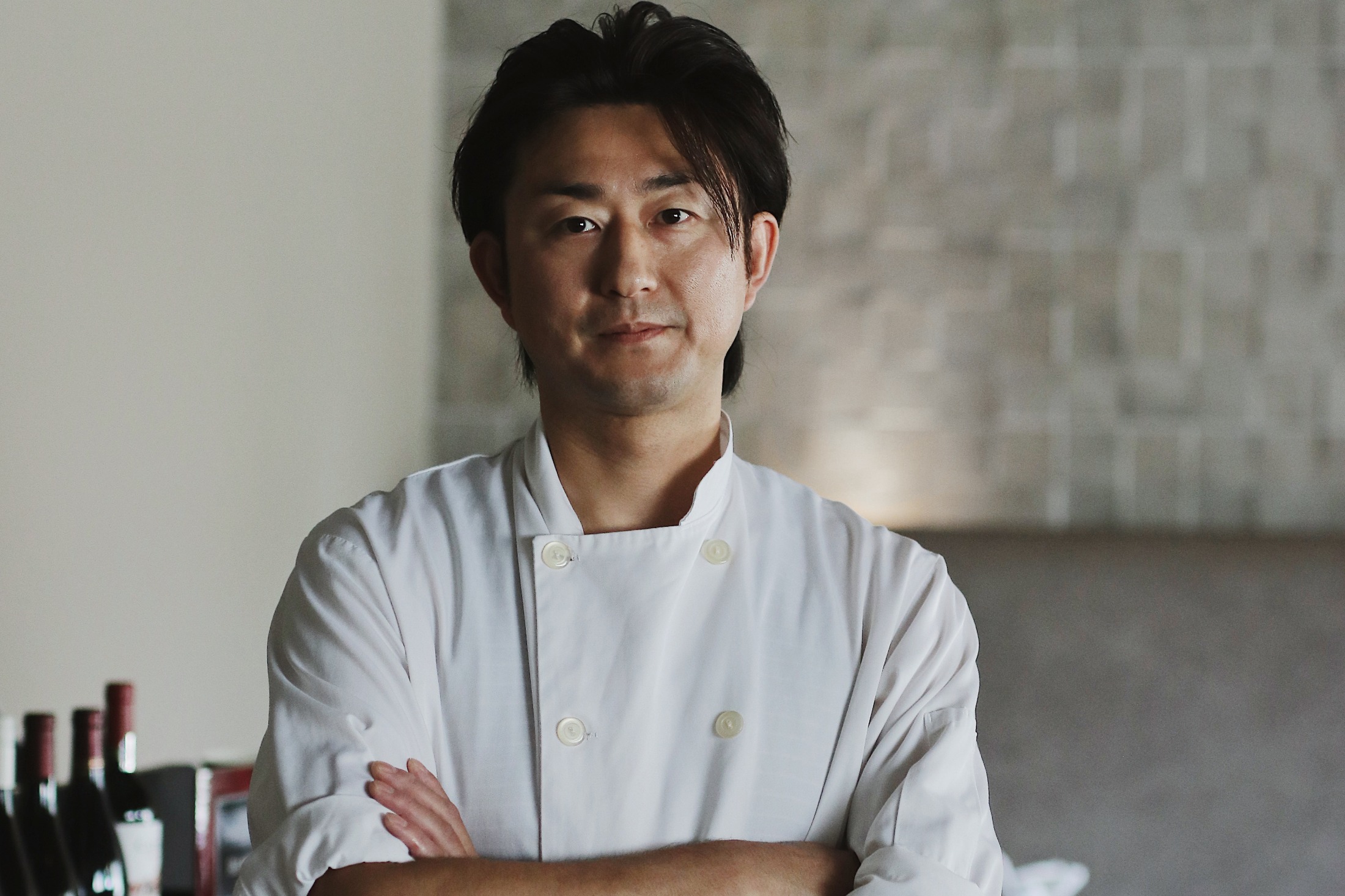We may not be able to visit our favourite restaurants right now, and, even with some still offering takeout, we’re all likely to be doing more cooking at home for the next little while. But how do you keep your pantry meals vibrant and interesting—with the pops of umami and brightness that professional chefs provide—as your own menu possibilities become increasingly limited?
We asked some of Vancouver’s chefs to share their secrets for bringing any dish alive, and their responses were unanimous: Make some savvy shopping decisions now, and stock your pantry with key flavour enhancers designed to elevate your home cooking to the next level. (Also unanimous: you should stock up on miso.)
Alessandro Vianello, executive chef at Kitchen Table Restaurants (Pourhouse, Di Beppe, Pizzeria Farina, Ask For Luigi):
Diamond Crystal Kosher Salt or Maldon Salt: Salt brings out the flavour in every dish. You need to add this to all your meals.
Sherry Vinegar: A good-quality vinegar is necessary—the acid gives brightness and depth to foods, and it helps cut through the richness of heavier meats and sauces. I like to add sherry vinegar to braised meats or vinaigrettes for salads that include creamy cheeses such as brie or Gorgonzola.
Good Finishing Olive Oil: I like to use olio novello (when it’s available). There are many good options at your specialty Italian grocery stores. Good olive oil is so diverse. It can be peppery, spicy, rich, grassy, and so much more. You can use olive oil to finish your favourite pasta, salad, roasted vegetables, or even just as a dip for fresh bread. I should mention this to everyone as well—never mix balsamic vinegar with your good finishing olive oil. You mask all the subtlety of the oil and it’s a waste.
Fish Sauce: I like the Red Boat Fish Sauce or the Italian version called colatura di alici. In my opinion, this is one of the most powerful umami boosters you can get. Fish sauce adds so much depth to pasta sauces, curries, and salad dressings. It also goes with beef, fish, and chicken. I just love it. A cool and easy use for fish sauce is to mix it with melted butter and use it on a steak or toss it with pasta noodles.
Miso Paste: Miso is another ingredient that has incredible amounts of umami. You can get a variety of different miso pastes in different strengths and uses. It can add richness and funk, and is another ingredient that adds depth and character to dishes that you wouldn’t think of. My trick is to add miso paste to mushroom soup—and sherry vinegar for that matter; it’s a match made in umami heaven.
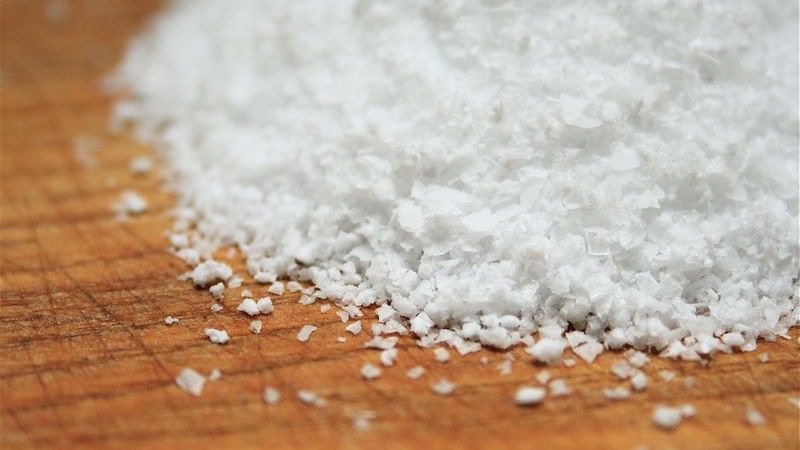
Photo by stlbites/Flickr Creative Commons.
Masahiro Omori, executive chef/co-owner of Yuwa Japanese Cuisine:
Miso: I recommend adding a bit of dark red miso (or hatcho miso) to your beef stew. It even pairs well with a nice bottle of cabernet franc. We use the dark red miso in our red wine miso beef stew and hatcho miso braised Canadian veal cheek.
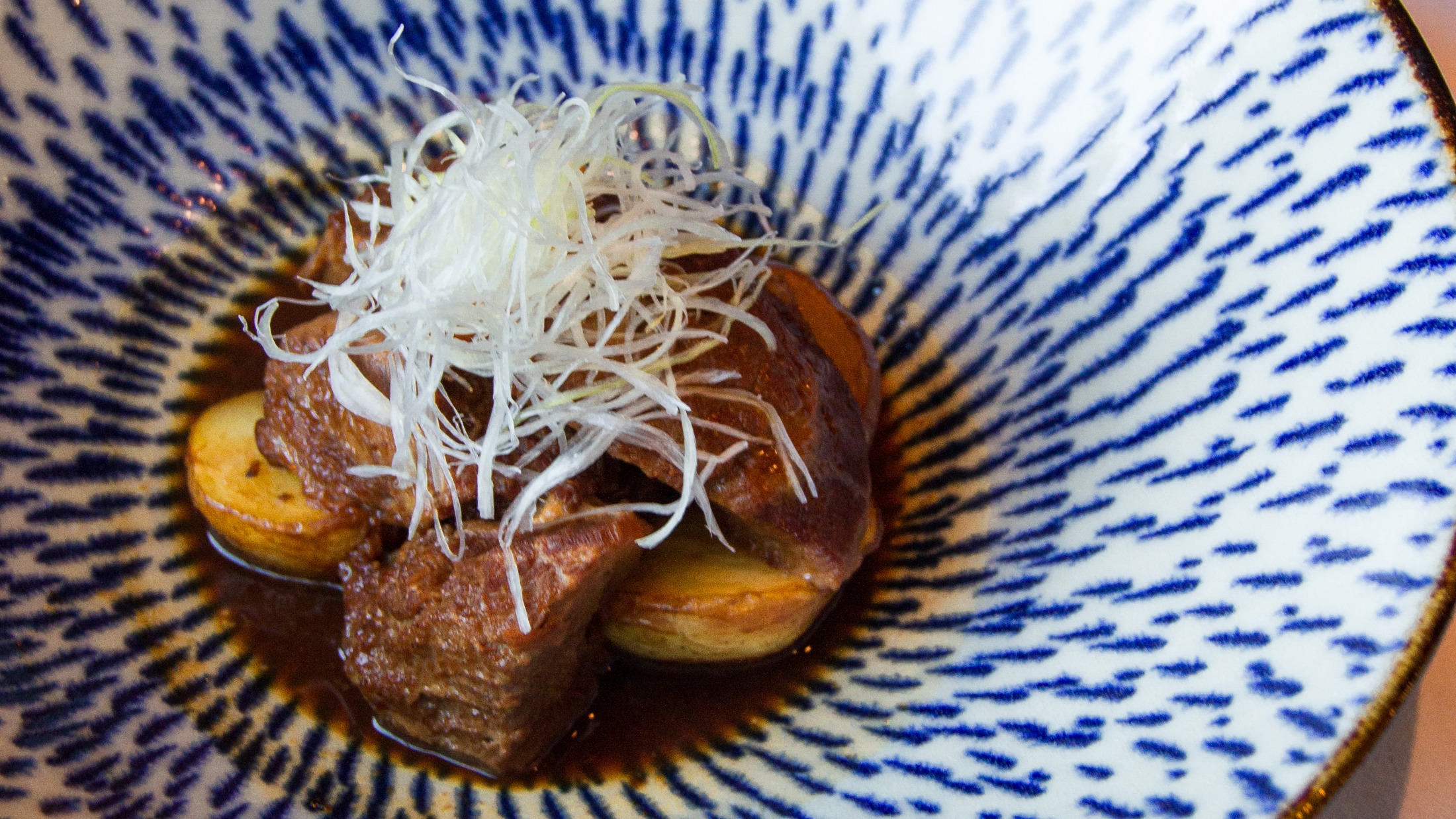
Miso braised veal cheek. Photo courtesy of Yuwa Japanese Cuisine.
Yuzu kosho: A Japanese condiment made with fresh chilies (most often green or red Thai or bird’s eye) fermented with salt along with zest and juice from yuzu—a tart and fragrant citrus fruit that grows in Japan’s Kochi Prefecture. It will elevate your fried chicken to the next level. This is a must-have item in my fridge at home. It can be purchased at any Japanese grocery store.
Wasabi: Wasabi is not only for sushi. I recommend it for your steak. Simply salt and pepper (lightly) good-quality meat, grill to medium rare, and cut into cubes. Add a little bit of wasabi on top, but never too much—it can kill the taste of beef in the same way it can sushi. If you apply just the right amount, however, you can actually taste the sweetness of beef fat with a little bit of a kick from wasabi. It’s the best way to taste wagyu steak at home. If you have a real wasabi, peel the skin and grate finely. Otherwise, tubed wasabi can be found in any grocery store.
Koji Salt: This is a magic ingredient, and koji itself is one of the main ingredients used to make sake. Rich in protease and amylase enzymes that can break down proteins and starches, when koji salt is used to marinate any fish, meat, or vegetable, it not only acts as a tenderizer but also brings out the umami of the ingredients. It can be mixed with any kind of sauce as an umami booster and can be made at home or purchased in Japanese grocery stores.
Sake Kasu: You can use sake kasu as a marinade for fish or meat, or add a little bit into your cookies or ice cream for a different and unique flavour. You can purchase it at Japanese grocery stores or get fresh sake kasu at sake breweries.
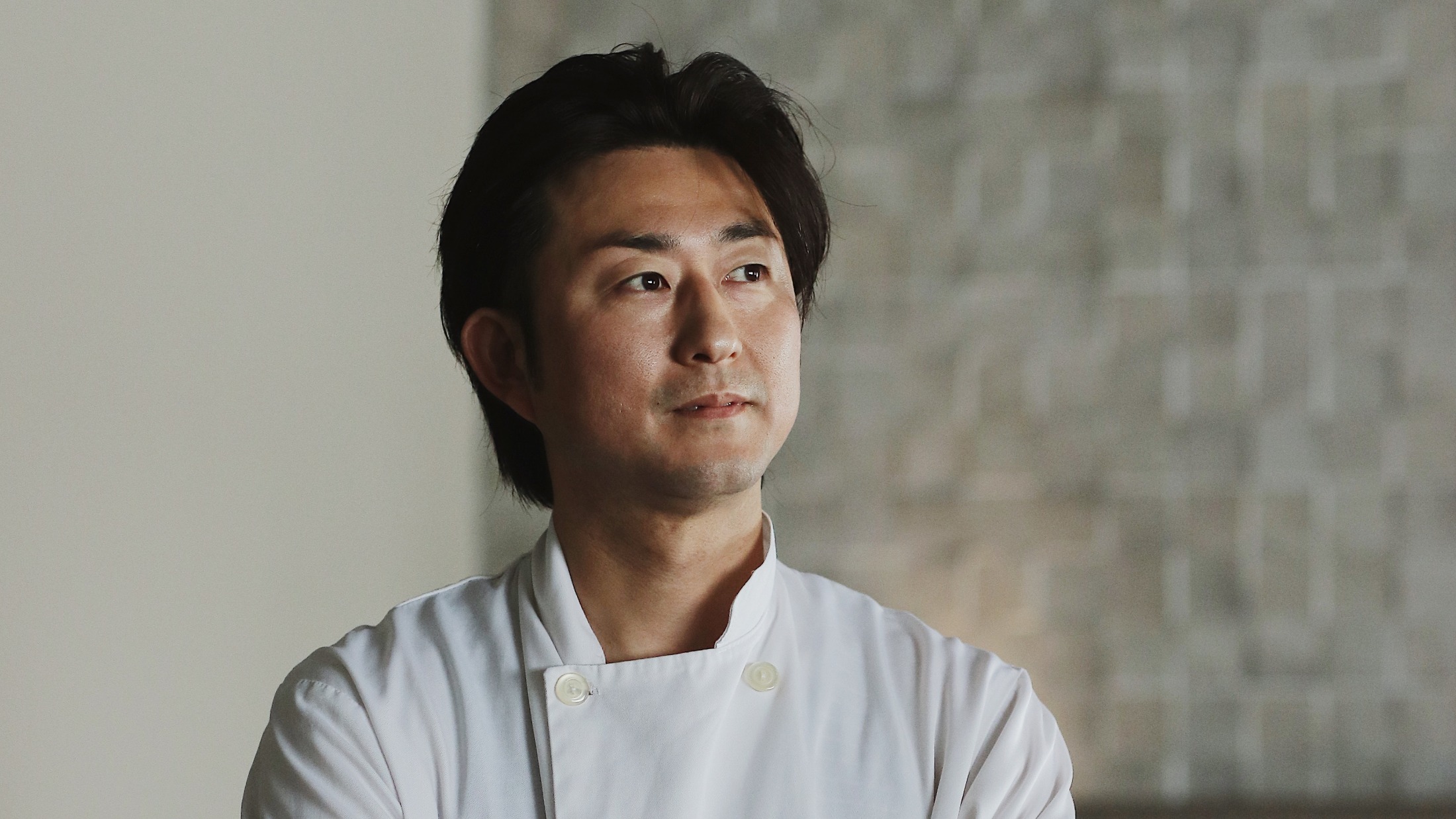
Masahiro Omori of Yuwa Japanese Cuisine. Image courtesy of Yuwa Japanese Cuisine.
Andrea Carlson, chef/owner of Burdock & Co and Harvest Community Foods:
Shani’seasoning: If you are vegan, or don’t eat eggs because of allergies, this seasoning blend will elevate your eggless dishes to the next level. Just add a teaspoon or two and transform items such as a tofu scramble to make them taste more savoury and egg-like.
Mixers and Elixirs Shrubs: These small-batch shrubs are made in Vancouver from local produce. Essentially a drinking vinegar, these sweet and tart concentrates will bring dimension and flavour to your home-crafted cocktails— or if you’re after a refreshing and different non-alcoholic beverage, just add water or soda water.

Burdock & Co chef-owner Andrea Carlson. Photo by Janis Nicolay/Courtesy of Burdock & Co.
Harvest Community Foods Charred Chili and Garlic Sauce: This is my own signature charred chili and garlic sauce that we serve at Harvest to accompany our own West Coast interpretation of ramen. It’s completely organic and made with local ingredients, and it will add a welcome zesty heat to perk up your finished home-cooked dishes.
Vancouver Island Salt Kelp Sea Salt Flakes: This Vancouver Island salt is produced from pristine waters fed by glaciers and filled with an abundance of minerals. The kelp salt is infused with sustainably harvested kelp flakes, boosting its umami properties. It’s perfect to finish off fish and seafood dishes, salads, roast chicken, or as a topping for hummus. Mixed with sesame seeds, it makes a great seasoning to sprinkle on rice.
Hives for Humanity Delta Neighbourhood Honey: We all need a little sweetness sometimes. This small-batch, community grown, beautiful honey can be used in sweets and desserts, and is a lovely addition to your cup of tea.
All products are available for purchase at Harvest Community Foods.
Bryan Satterford, chef/co-owner of Juke Fried Chicken and Beetbox:
Lemon: Both the zest and juice can be used to lighten and brighten any dish. It’s no secret that lemon is one of those ingredients that will complement almost everything you cook. Sauces, meat jus, a yogurt raita, or a herb-based salsa verde are all enhanced with the addition of lemon—as is any starch, vegetable, and even dessert.
Bacon Fat: After frying your breakfast bacon, reserve the fat left in the pan and refrigerate for later use. Use it as a building block of flavour and substitute it for oil or butter in your soup, stew, or pasta sauce recipes. It will add a smoky richness and is less wasteful than just throwing it out when you wash up.
Chili Peppers: Even if you’re not a fan of spicy food, just a touch of chili wakes your taste buds up and gets them to pay attention. I add a bit of chili heat to absolutely everything I cook. A little fresh and/or dried chilies added at the starting stages of a soup or stew can lift other flavours without adding heat. Alternatively, a dash of hot sauce to cheese- or cream-based sauces right before serving will accomplish the same result.
Fish Sauce: While strong and salty on its own, fish sauce is a good source of umami and seasoning. It is traditionally used in Asian cuisine as an ingredient in condiments such as vinaigrettes and dipping sauces. The umami-heavy ingredient works in all meat sauces, especially beef and lamb. A dash or two can be used to lift a Bolognese sauce, a beef/lamb stew, or any vinaigrette.
Fermented Bean Paste: There are many versions of this from various countries, but some of the more notable ones are miso (Japan), doenjang (Korea), or the spicy doubanjiang (China). Traditionally used to add body and umami to sauces, soups, stir-fries, and stews, they are high in amino acids due to the fermentation process. They are also delicious in marinades for meat, seafood, and tofu destined for the grill.
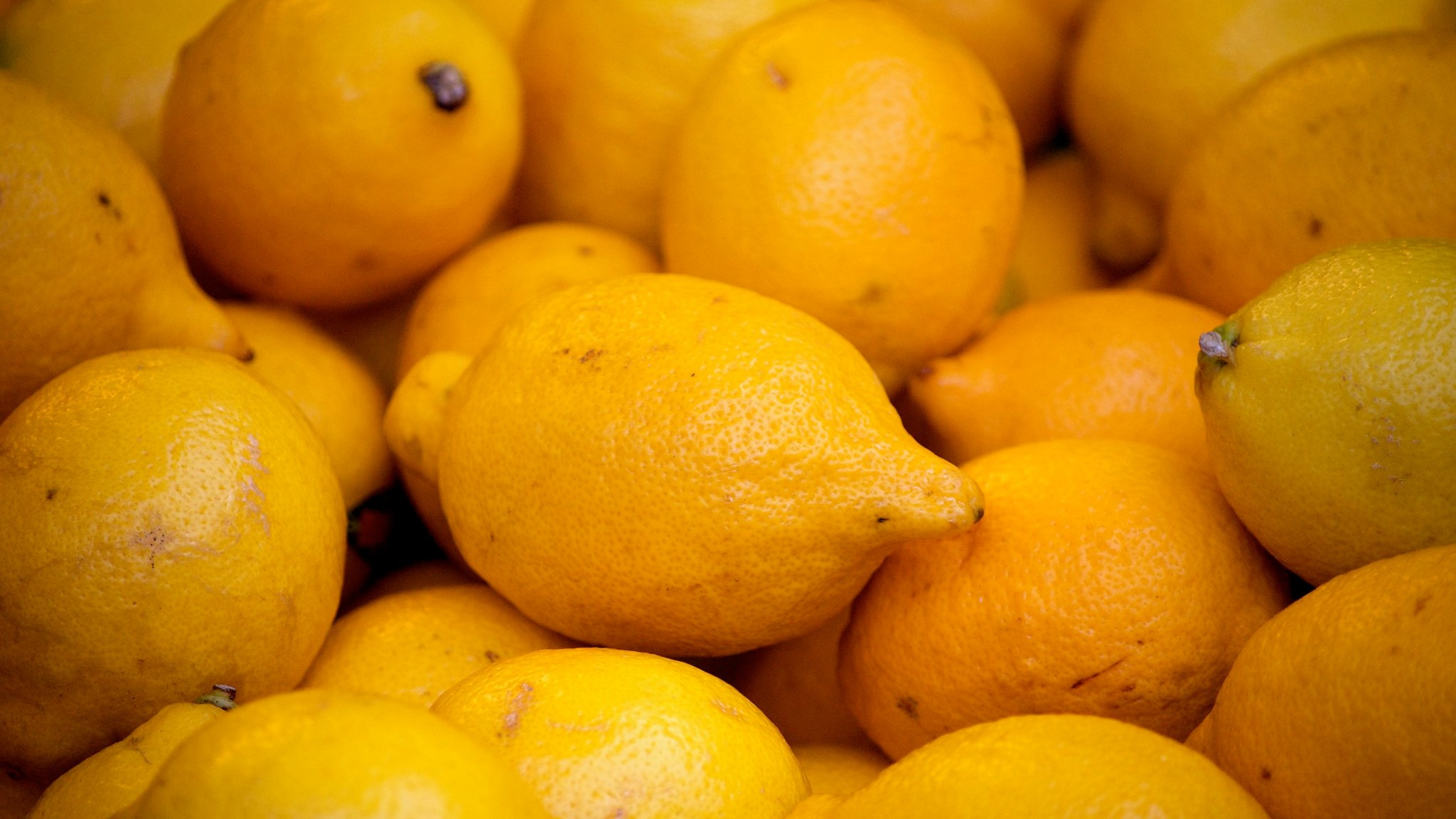
Photo by haikus/Flickr Creative Commons.
Read more Food and Drink stories here.

